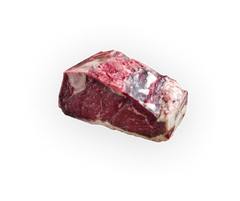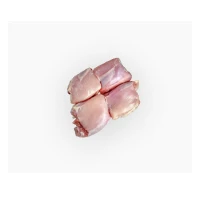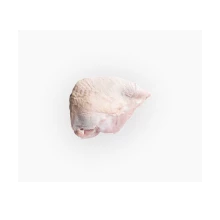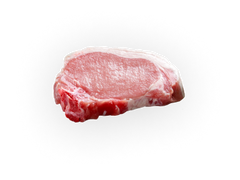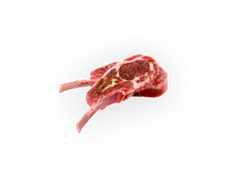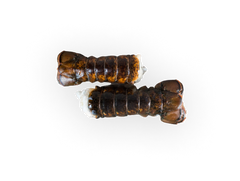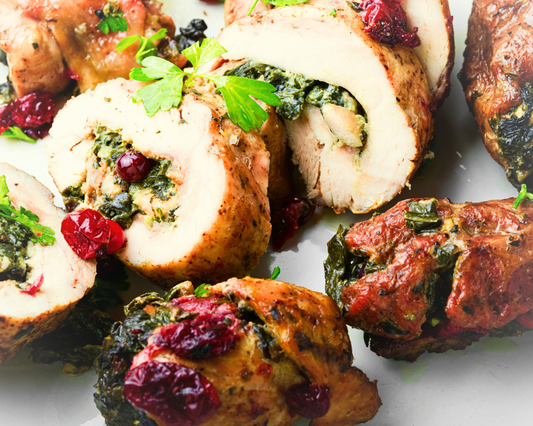Thanksgiving in Canada is a time to gather with loved ones, express gratitude, and share a hearty meal that celebrates the harvest season. While turkey may reign supreme on most Canadian tables today, the history of Thanksgiving meals — especially when it comes to meats — is rich, varied, and steeped in both Indigenous traditions and early settler influences. Understanding how these customs evolved helps us appreciate not just what’s on our plates, but also how Canada’s diverse food culture came to be.
The Origins of Thanksgiving in Canada
Long before European settlers arrived, Indigenous peoples across Canada held ceremonies and feasts to celebrate successful harvests, hunts, and the gifts of the land. These gatherings often featured wild game such as venison, bison, and fish — essential sources of protein that sustained communities through harsh winters.
When English explorer Martin Frobisher held one of the first recorded Thanksgivings in 1578, it was not a feast filled with roasted turkey and gravy. Instead, it was a modest meal shared by explorers giving thanks for safe passage across the Atlantic. Salted beef, preserved fish, and ship’s biscuits likely made up the menu.
As settlers spread across what is now Canada, they brought their own harvest celebrations, combining them with local ingredients and Indigenous food traditions. Over time, these communal feasts began to reflect the land’s bounty — wild fowl, game meats, root vegetables, and grains.
From Wild Game to Farm-Raised Poultry
In the early colonial period, wild meats such as duck, goose, venison, and rabbit were staples at Thanksgiving tables. Hunting was both a necessity and a way of life, and game provided a reliable source of protein before livestock farming became common.
By the 19th century, as farming expanded across the country, domesticated animals became more accessible. Chickens, turkeys, and pigs were raised on small family farms, allowing households to serve fresh meat rather than relying solely on hunting.
Turkey gradually gained popularity because it could feed a large group, was relatively affordable to raise, and was available in abundance during autumn. By the late 1800s, turkey had become the centrepiece of the Canadian Thanksgiving meal — a tradition that continues today.
However, not every region adopted turkey right away. In Quebec, for instance, roasted goose was long preferred, while in Atlantic Canada, salt pork and seafood often took centre stage. Across the Prairies and Northern territories, families might enjoy moose, elk, or caribou depending on what was available.
This regional diversity still influences Canadian Thanksgiving menus today, showing that there’s no single “right” way to celebrate the holiday — just delicious ways to honour the land and its offerings.
The Role of Pork and Beef in Thanksgiving Traditions
While turkey dominates the spotlight, pork and beef have always held an important place on the Canadian Thanksgiving table.
Pork, in particular, has deep roots in early Canadian cooking. Salted or smoked pork was a vital preservation staple for settlers who needed meat that could last through the winter. Today, pork remains a versatile Thanksgiving ingredient — from maple-glazed ham to bacon-wrapped roasts and sausage stuffing.
Beef gained prominence in the 20th century as cattle farming expanded across Canada. For families who preferred red meat, roast beef or prime rib became a luxurious alternative to turkey. Slow-cooked beef roasts paired with gravy and seasonal vegetables still make a comforting Thanksgiving option, especially in cooler provinces where hearty meals are a tradition.
Some Canadians also blend old and new traditions by featuring multiple meats. For example, a Thanksgiving spread might include roast turkey as the main attraction, ham for added variety, and sausage or ground beef in stuffing or side dishes.
Indigenous Influence on Meat-Based Feasts
It’s important to acknowledge the Indigenous roots of Canada’s harvest celebrations. Long before the word “Thanksgiving” was used, Indigenous nations celebrated the land’s abundance with feasts that honoured animals and nature’s balance.
Hunting practices were deeply spiritual, emphasizing gratitude and sustainability. Every part of the animal was used — meat for food, hides for clothing, and bones for tools. Meats such as venison, bison, and waterfowl were often slow-cooked, smoked, or dried into jerky or pemmican to last through the winter.
Many modern Canadians are rediscovering these traditional techniques, incorporating smoked or dried meats into their Thanksgiving meals as a nod to the land’s first stewards.
